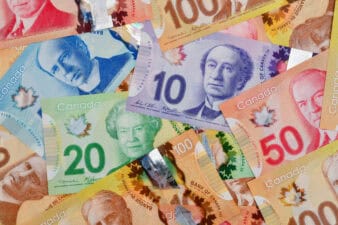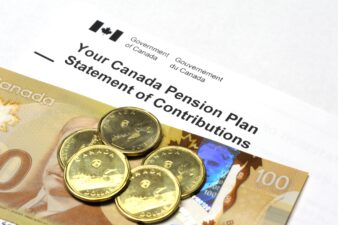When investors purchase a stock, it’s often like deciding whether to pick a red or green door. As a dividend-growth investor, I want to avoid the red doors — the companies which have stagnant dividend growth. The green door is where we find the companies increasing their dividends. To find the best dividend growers, we need to understand dividends from all angles. The question we want to answer is fairly simple: Are dividends leading or lagging indicators of positive returns to come?
As most investors are aware, dividends are paid out of a company’s profits, representing a share of the profits passed on the investors. Obviously, dividends are confirmation of profit and can be viewed as a lagging indicator in this respect.
Increasing dividends, however, are a different story.
When companies make a profit, there is an opportunity to either retain the cash or distribute the profit back to investors. Assuming the company does something productive with the capital retained, not paying a dividend can be a very profitable choice.
The transition of the capital from the company to the investor can happen in one of two ways. The first is through the payment of dividends, while the second is through share repurchases. Although there is a more immediate result for investors when a dividend is increased, the share repurchases offer investors long-term benefits through higher profits per share and the potential to increase the dividend per share while not increasing the total payout for the company.
The major difference between a share buyback and a dividend program is, the share buyback can stop at any time, and no investor is going to log in to their investment account and ask, “Where is the money owed to me?” This question would only be pondered if a dividend failed to arrive. The dividend is an unwritten obligation the company makes to appease shareholders. The assumption is, the quarterly dividend will be paid on a continuous basis.
Using Intertape Polymer Group (TSX:ITP) as an example, the dividend has increased since 2012. Long-term investors have had a fantastic run by holding shares assuming they didn’t sell their shares. In 2014, the company announced the increase of the quarterly dividend from $0.08 per share to $0.12 per share, creating an obligation to pay the dividend on an ongoing basis every quarter afterwards.
Clearly, management felt the most appropriate use of capital was the payment of the dividend to shareholders. Additionally, there have been approximately two million shares repurchased in the past few years.
With fewer shares outstanding, the company has increased the dividend in 2016, creating a higher payment to shareholders. The obligations taken on by the company have increased.
The increase in the dividend payments has created higher expectations for the shareholders. With dividends coming out of net profits, they are the result of a profitable operation — a lagging indicator.
The increase in dividends is another story. Rising dividends are both a leading and lagging indicator. They increase expectations going forward, and investors are being offered the opportunity to go behind the green door and join a winning team before the game is over.







